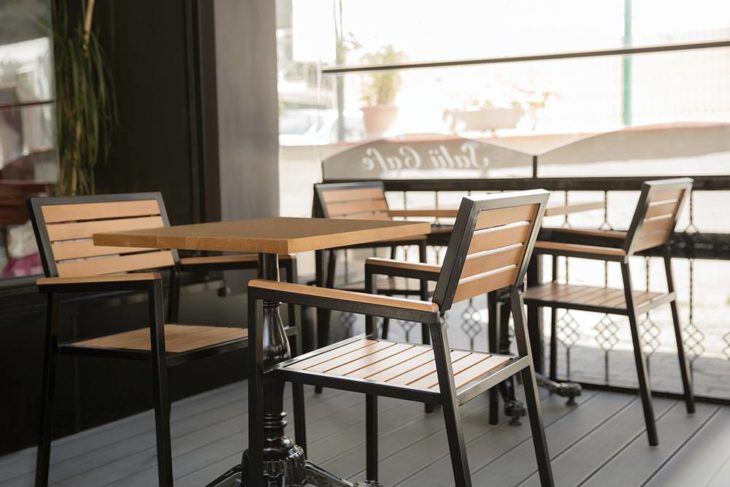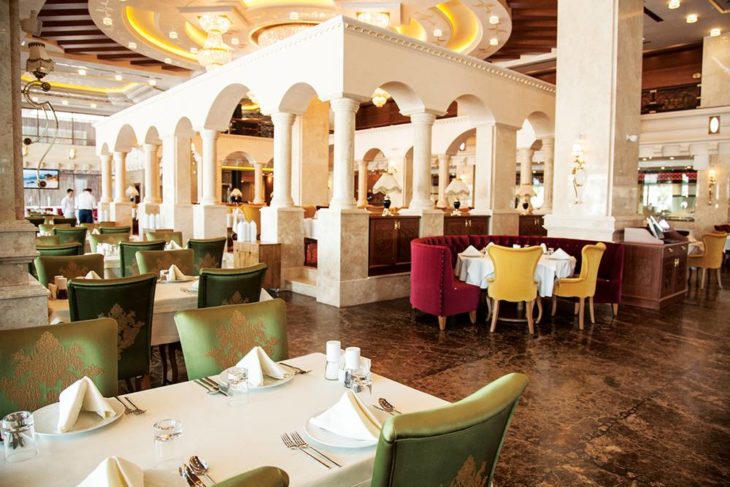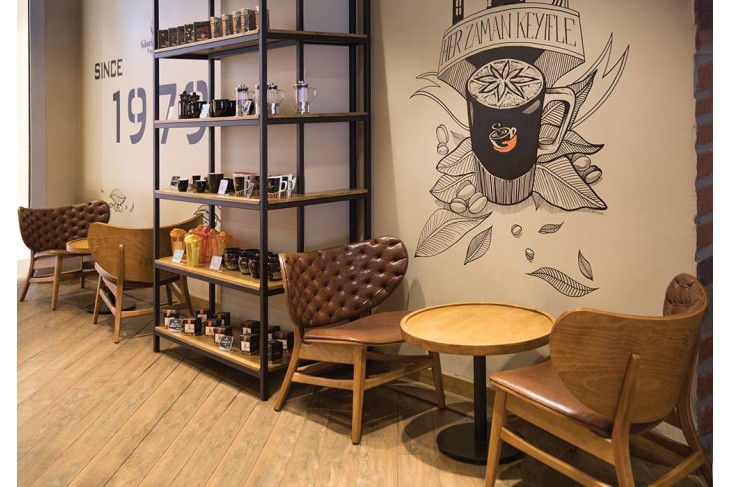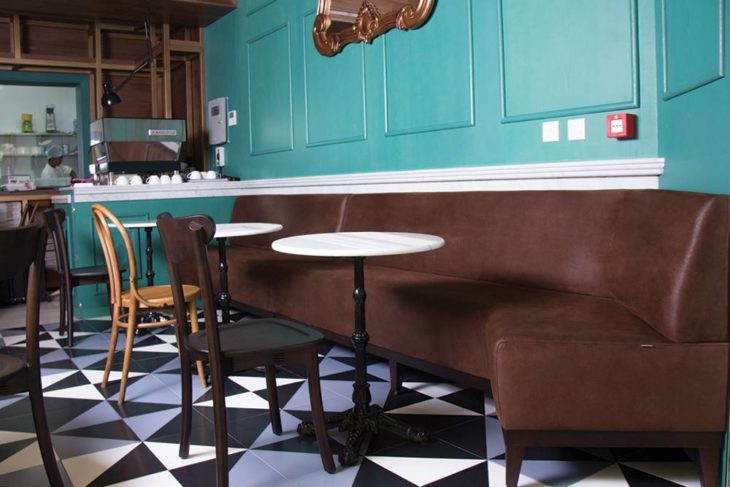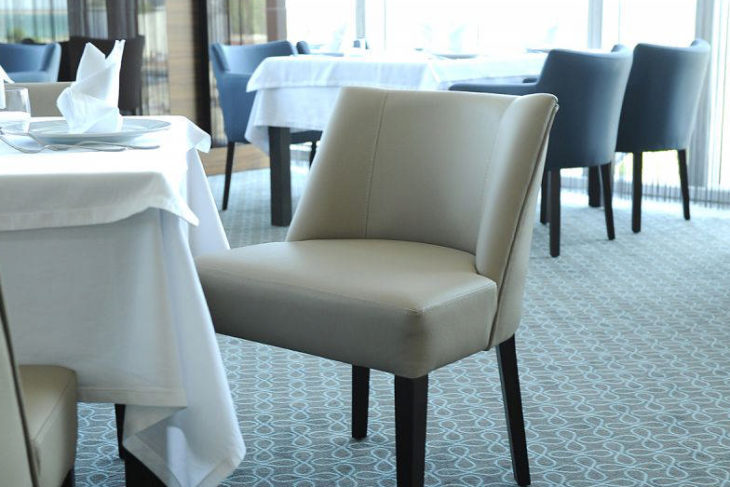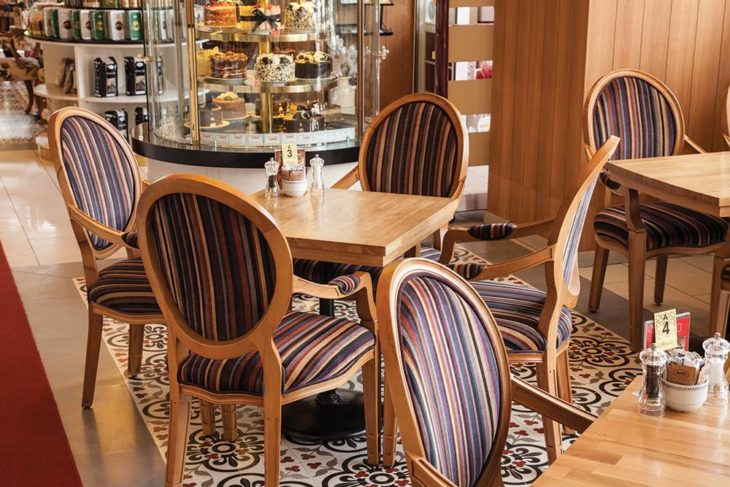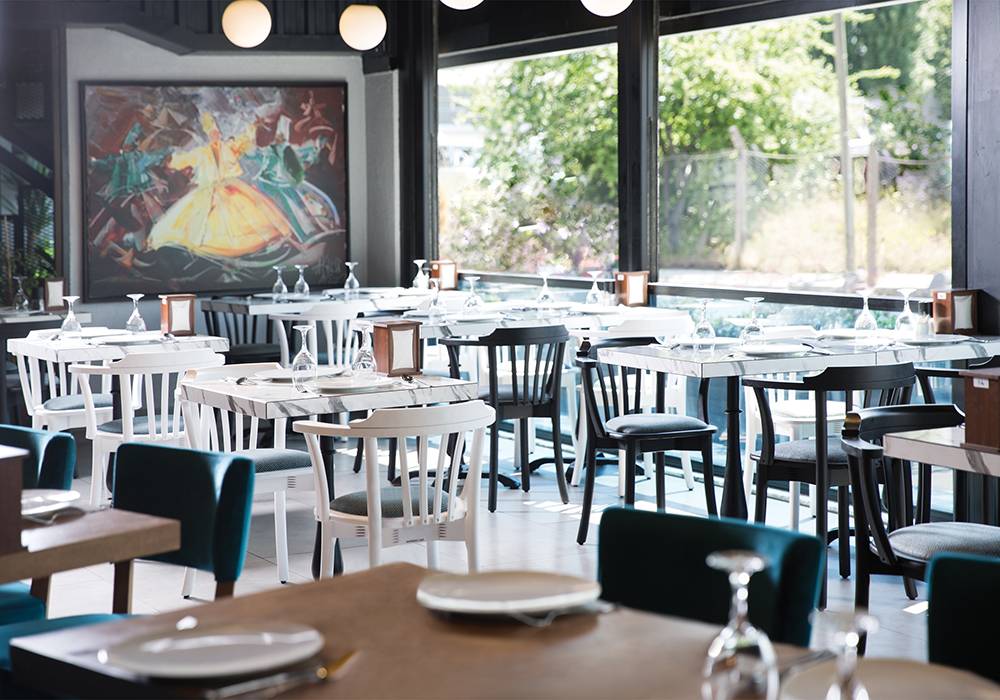
Danish designers have produced a lot of beautiful furniture during the 20th century and furniture from this period has become especially popular over the last couple of decades. Over the last 100 years Danish architects have designed more than 10.000 pieces of different furniture. Many of which are known worldwide today. Arne Jacobsen’s Egg and Swan Chair, Poul M. Volther’s Corona Chair and Hans J. Wegner’s Ox chair is to mention but a few. Many of the furniture from the period of 1930 to 1950 are still being produced today and can be found in many homes worldwide. But what is the background for this furniture and why have they become so popular?
When thinking of Danish furniture design one often thinks of a functionalism and minimalism. The furniture in the period from 1930 to 1950 is often either hand crafted or industrial produced. An example is the classic hand crafted chairs by Kaare Klint and plastic chairs in wild colors by Verner Panton. Even though we talk about industrial produced furniture this must not be associated with today’s mass production. The industrial production simply means that it was not possible to make furniture as for example the Ant chair and Swan Chair by hand as their form and shape was designed for production on machines. In spite of the fact that many of today’s retro furniture was originally industrially made they have always been very costly. This was and is due to the high quality, the expensive skin and the needlework in connection with the padding of the furniture.
When we talk about retro designs from Denmark from around the 1950’s one must not only think of chairs, as there is a great deal of other retro objects that were made in the same period. Many of the Danish architects also made other things such as lamps (Poul Henningsen, Verner Panton and more), watches and cutlery. When Arne Jacobsen was designing the Radisson SAS Royal Hotel for example, he not only designed the building, but also everything from cutlery to furniture (for example the Swan, Egg and Drop chair). Toys made by Kay Bojesen are another example of retro objects from that time.
The popularity of the furniture from the mid 20th century is likely due to the often fluid lines and sometimes unusual shape, not to mention the high quality. Some of the furniture from that period has also been brought up to date by being sold in a wide range of colors and fabrics.
